A surge in enrollment at a local elementary school and increasing demand for pre-k services in central Maine are pointing to what observers see as a positive trend: More families coming to the area are seeking out high-quality early education for their children.
But a number of challenges stand in the way of that growth, including accessibility and affordability of programming; the cost for program centers and schools providing the services; and a lack of available housing stock that would help attract more families with school-aged children.
Interest in the Waterville area has grown lately, which many attribute to the ongoing revitalization of the city’s downtown. Since 2015, several new restaurants have cropped up, a hotel is currently being built on Main Street and an arts and film center is on the horizon. A developer recently purchased the old Lockwood mills, with plans to create apartments. Maine Life Real Estate Co. listed the city as having Maine’s fastest-growing real estate market in 2017. The number of houses bought and sold in Waterville has more than doubled from 2008 to today.
“The real estate market in Waterville has gone up exponentially in the last five to 10 years,” said Sara Bowen, executive assistant to the city manager, mayor and solicitor. “That said, I’m not sure how to gauge whether more families have been moving into Waterville, but real estate has been busier.”
In January, a popular Waterville childcare program announced it would cut more than half of its slots for children aged six weeks to 5 years because of a shortage of funding. The announcement, from The Children’s Place Early Care and Education Center, sparked panic among parents in the area who felt there were not many other quality (let alone waitlist-free) options to turn to.
Just 15 of the 21 childcare facilities in Waterville meet the basic regulatory standards outlined by the Department of Health and Human Services’ Quality for ME program, according to its online database. The Children’s Place is one of three designated with the agency’s highest rating.
Across the state, the number of childcare facilities and available slots has decreased nearly 40% in the last decade, according to the DHHS.
Now, the outcome at The Children’s Place is slightly more hopeful, with Executive Director Richard Dorian saying that the organization was able to finance 12 more slots than it initially thought back in January. Still, the number of children it serves has reduced from 53 to 36. Dorian said the cuts were limited to 3- to 5-year-olds.
“We closed one of our two preschool classrooms, and part of our rationale was there has been an increase in options for older young children,” he said. “It’s easier to serve them than it is infants and very young children. The highest need we hear about is for infants and very young children.”
Area residents have also gotten creative to help alleviate that need, with partners RaeAnn Lajoie and Jennifer Stevens opening a new 49-child daycare across the Kennebec River near the Winslow-Vassalboro line this September.

Happy Days Childcare & Learning Center owners RaeAnn Lajoie, left, and Jennifer Stevens stand inside the new facility at 1437 Augusta Road in Winslow on July 10. Morning Sentinel photo by David Leaming

Don Plourde
Longtime real estate agent Don Plourde, of Coldwell Banker Plourde Real Estate, said he’s noticed more families buying up available housing stock, but there’s not enough of it. Plourde, who has been in the business for 36 years, says he’s noticed a trend going back at least eight years in which there’s been insufficient homes on the market in the Waterville area to keep pace with demand, particularly in the $100,000-$200,000 price range.
Plourde said he hears from contractors that a qualified labor shortage is a key factor in the lack of new housing stock being built in the region.
“I think what has happened is a lot of people starting to retire are selling their condos and homes, and those homes are filling up quite nicely,” Plourde said. “New listings go rather quickly. A lot of them buying are new young families. If we continue to grow we need to find new ways of attracting young people, trades people to this area.”
Plourde said it makes sense to him that an uptick in school-age children in the area could be tied to more families moving, some perhaps drawn by Waterville’s economic development and new jobs.
“I think everything is very positive, what with the economic outlook,” Plourde continued. “Everyone is looking at what’s happening in Waterville right now. In all my time, I’ve not seen this much excitement. I’m not sure we’re seeing it in all areas, but really new housing and entry-level housing, there’s a lot of demand for it. I’ve watched available inventory for the last 7-8 years trend downward — there are probably less homes available now than in the last 10 years.”
While birth rates in Waterville and nearby Vassalboro have fluctuated slightly over the last decade, the same is not true in Winslow, where the number of births is trending up, according to data from the DHHS and Maine Center for Disease Control and Prevention’s Office of Data, Research and Vital Statistics.
For the birth years of 2009 to 2014, Winslow’s rate went up and down from 65 to 86. Meanwhile, the town’s kindergarten enrollment five years ahead of that range, 2014 to 2019, trended up from 55 to 87.
Looking down the pipeline, increased kindergarten enrollment at Winslow Elementary School over the last two years — which has begun to outpace the town’s birth rate — is raising questions about how to accommodate an influx of children in local educational systems. Last year’s kindergarten class broke recent records, with enrollment at 79 children. In the upcoming school year, 87 kindergartners are already registered, and principal Kyle Price expects that number to grow before the enrollment period ends Oct. 1. He said the school gets an average of nine kindergarten registrations between when the spring enrollment figure is calculated and Oct. 1.

With a tight budget this year, Winslow could only hire one teacher to address the increased need, leaving kindergarten class sizes between 17 and 18 per teacher and first grade class sizes at between 19 and 20 per teacher. The state bases its subsidies off of a 15:1 student-teacher ratio for kindergarten and a 17:1 ratio for elementary school.
Over the last five years, Waterville’s George J. Mitchell School has averaged an 18:1 student-teacher ratio for its kindergarten classes. At Vassalboro Community School, class sizes have hovered around 15 kindergarteners per teacher since 2014. Winslow, Waterville and Vassalboro were part of the same school district, Alternative Organizational Structure 92, until 2018.
“Those lower grades, kindergarten and first grade — that’s where you want to have your most ideal classroom ratio,” Price said. “First grade experiences the widest range of reading growth of any grade in the building. Where (students) end up in kindergarten and where supposed to be at end of first grade — there’s more progress and development than at any other grade. It’s really important that you have the personnel numbers that can support that growth.”
Though Price acknowledged that the trend in Winslow might be an “enrollment bubble,” meaning it is temporary, the district will still face challenges as the large classes move through the ranks. Plus, the town’s sixth-graders are moving into the elementary school next year as part of a plan to decommission the Winslow Junior High School building.
Waterville Superintendent Eric Haley said a lack of sufficient physical space in the school buildings is a problem in his district as well.
“People kind of frown when you tell them that,” Haley noted. “But we’ve had a lot of things come into schools that (weren’t around when the buildings were built). There are special needs kids that require a lot of PT and OT, which requires machines and space to store those machines. We have nine social workers now working in Waterville public schools; they all take up room that they didn’t before. There are computer labs. Schools are squeezed pretty hard for space right now.”
Pamela Thompson, professor of early childhood education and chairwoman of the School of Education at Thomas College in Waterville, said what the Waterville-Winslow area is seeing seems in line with national trends of greater demand for high-quality early childhood education that is accessible and affordable.
Thompson also works with the lab school partnership with Educare Central Maine, which is a learning and development center in Waterville (connected with the George J. Mitchell elementary school building) that provides early childhood education care for children birth to age 5. Thompson noted that there is “always a waiting list” for Educare.
Fluctuations in Winslow elementary’s kindergarten enrollment over the last five years, for example, may reflect some transience in the family population but also speaks to a growing demand.
“We’ve got folks moving to our community, and that ebb and flow to the area reflects a little about the families that are coming to the area. How long are these families staying?” Thompson said. “This area does have some transience to it. We do see families who come to the area for work for personal reasons and they may move out of the area after a year. I don’t think it’s any easy answer. We are educating and supporting parents more so they know there’s a difference between low quality and high quality.”
In order to make strides regionally and beyond in addressing that demand, Thompson said the costs of that education and care can’t be put all on the backs of working families.
“It’s more than just educators saying, ‘We need more money.’ Parents can’t pay for it. I think we need to think about partnering and working with the business community to lift us all up together. There needs to be more conversations and more partnerships. Early childhood and quality thereof will be an economic strength for the area. Early education can help with workforce development,” Thompson said.
WINSLOW FACILITY
As Vassalboro residents Stevens and Lajoie searched for childcare options for their family, they were surprised by the lack of options available. They are raising three children under their own roof — two grandchildren, ages 8 and 3, and a 10-month-old they are fostering.
“As we began looking, we recognized the need in the community first-degree,” said Stevens, who formerly practiced as a licensed clinical social worker and has degrees in early childhood education and mental health and human services.
It wasn’t long before they decided that the best option was to open their own daycare facility.
“We said let’s do this, and decided to fill the need in the community,” Stevens said.
Without advertising beyond placing a small sign by the driveway of the Augusta Road construction site, the women have received interest for more than half of the available slots and already have a wait list for the infant classroom. There are still about 13 slots for toddlers and pre-schoolers, ages 1-5, Stevens said. Registration will take place in August ahead of an anticipated Sept. 3 opening.
The facility, to be called Happy Days Childcare & Learning Center, is located on 1347 Augusta Road in Winslow, just before the Vassalboro town line. The 2,800 square-foot structure is on 10 acres. Stevens said there is room to grow, and Lajoie has already begun to envision building an 8-foot track around the outdoor play area to promote health and wellness.
“Part of our philosophy is that this is your child’s home away from home,” Stevens said. “It resembles a co-parenting model. We’re going on this venture with parents and helping them to raise their children. We’re in this with them.”
Stevens and Lajoie are in the process of hiring four head teachers and six assistant teachers, which they said will be paid above the minimum wage and given a good benefit package to attract quality applicants.
Rates are $200 a week for infants, $180 a week for toddlers and pre-k and $85 a week for school-age children during the academic year. The facility’s 49-child capacity is divided into eight infants, 10 young toddlers, 14 older toddlers, 10 preschoolers and seven school-age students up to 12 years old.
Kim Lindlof, president of the Mid-Maine Chamber of Commerce, which has worked with Stevens and Lajoie, said that Happy Days Childcare & Learning Center is a welcome addition to the community.
“Childcare is definitely a problem in this area,” she noted, adding that her organization will continue to address the deficiency. “The Mid-Maine Chamber of Commerce has gone so far as to conduct a childcare survey in the area because the lack thereof and the Central Maine Growth Council and chamber are working together to bring more childcare to the region.”
Dorian, of The Children’s Place, said he is working with Waterville public schools to add a 4-year-old program in the future, funded through local taxpayers and the state. He said the organization also anticipates re-opening the second pre-k classroom at The Children’s Place by the spring or summer of 2020. Price, at Winslow Elementary School, also said the school is looking to expand its pre-k program for 4-year-olds.
“We’ve traditionally held it at 20 (slots), but we’re going to make it bigger because there does seem to be an increase in demand and need,” Price said.
LOOKING AHEAD
While Haley, Waterville’s superintendent, said class sizes in the district are “a little high,” and space in the building is tight, the surge in kindergarten enrollments in Winslow has Price worried.
“I’m not worried about the coming year,” he said. “I think we’ve got that plan addressed as best we can. It will be sufficient — I won’t call it ideal.
“If this is a bubble, we can make room,” he added. “But if this is a trend that continues, we are going to have challenges with classroom space in the future.”

Meagan Nielsen, left, sits with her summer kindergarten class at Winslow Elementary School in Winslow on July 25. Morning Sentinel photo by Michael G. Seamans
An average of two to three students per grade enter the school system after kindergarten, according to Price, meaning that a class of 87 kindergarteners can turn into a fifth grade class of 102.
“Some of that is OK because the older grades probably don’t need that (student teacher ratio) of 15 to 1,” Price said. “Upper grades can tolerate a little higher numbers because that learning-to-read emphasis does not create as much of a demand as it does at the lower grades.”
Ahead of the sixth grade moving into the building, two non-classroom spaces will be converted into teaching space.
But after that, if the town experiences continued growth and school enrollment, there are only one or two rooms — including a current storage room — that could be converted into classrooms.
“I’m not trying to spread negative information with the sixth grade coming in, but a concern that I voiced is that: this works — as long as we don’t increase enrollment,” Price said. “Central Maine is poised to grow. With the nature of the area and the businesses and stuff that it has, there is potential to grow. … And if you’re a resident of Winslow and you want to come to school, we want you here. There’s no way to say at a public school you’re not welcome here.”
Managing Editor Scott Monroe contributed reporting.
Send questions/comments to the editors.

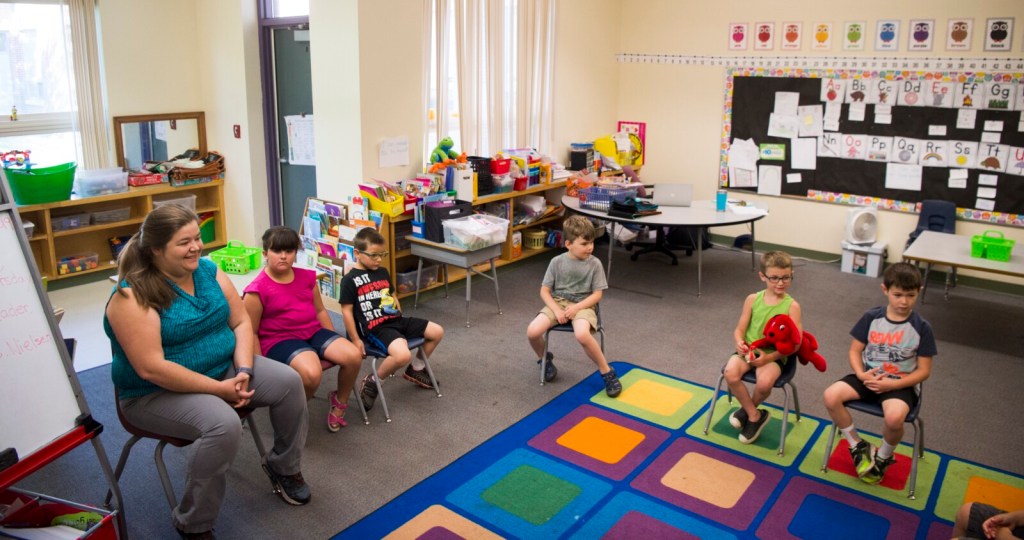
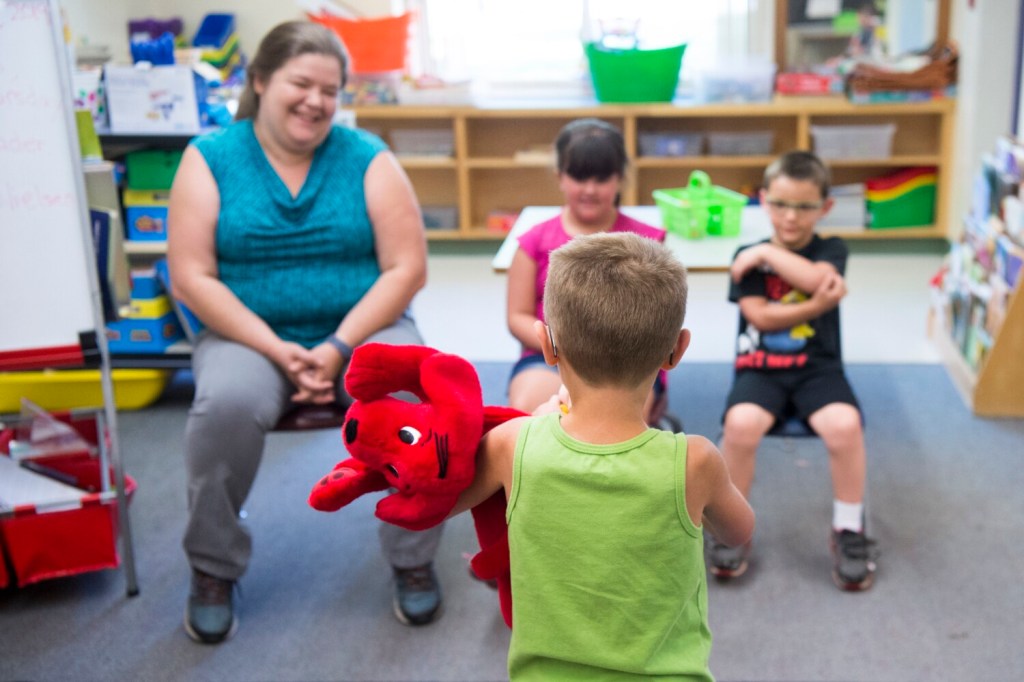
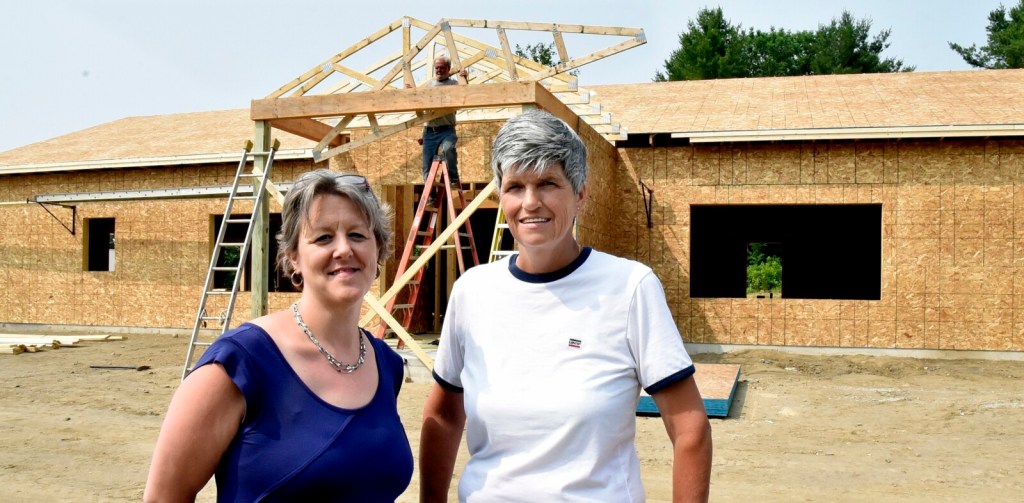
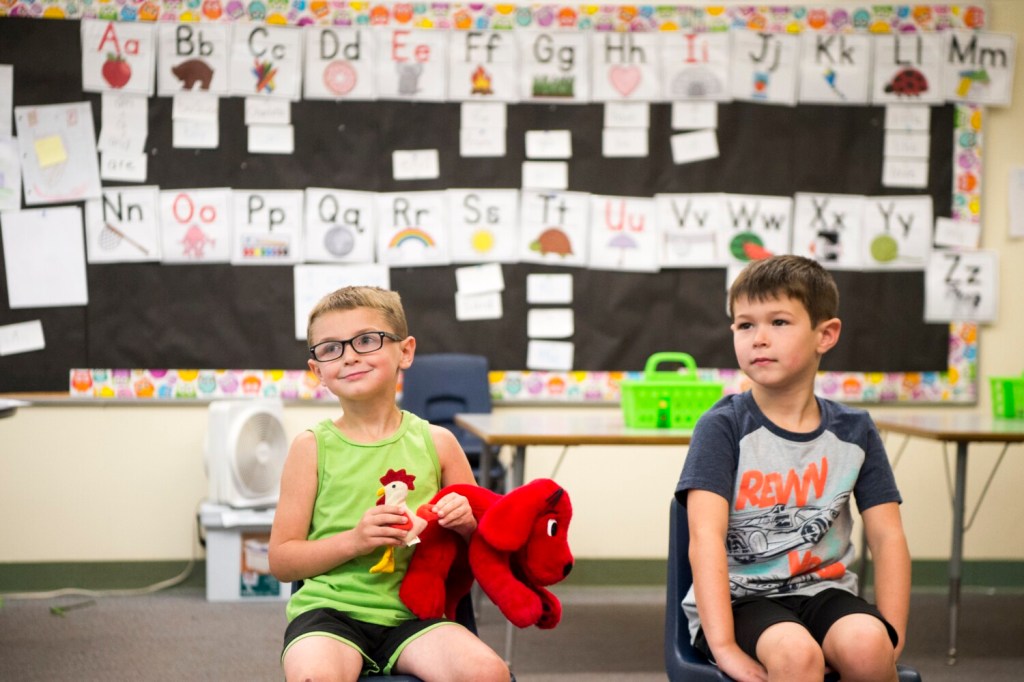
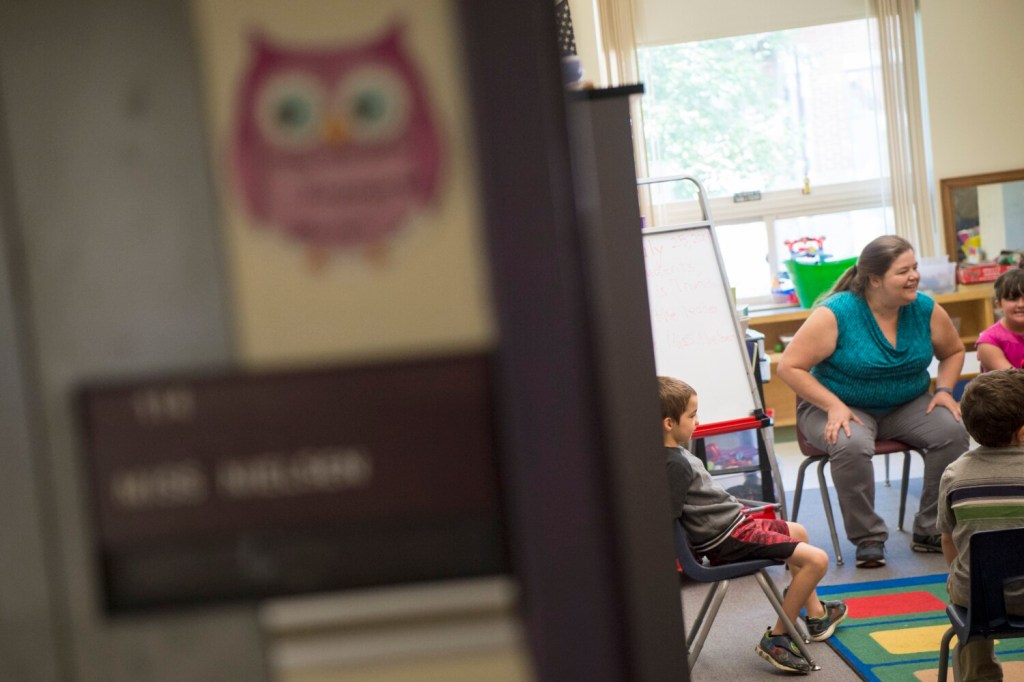
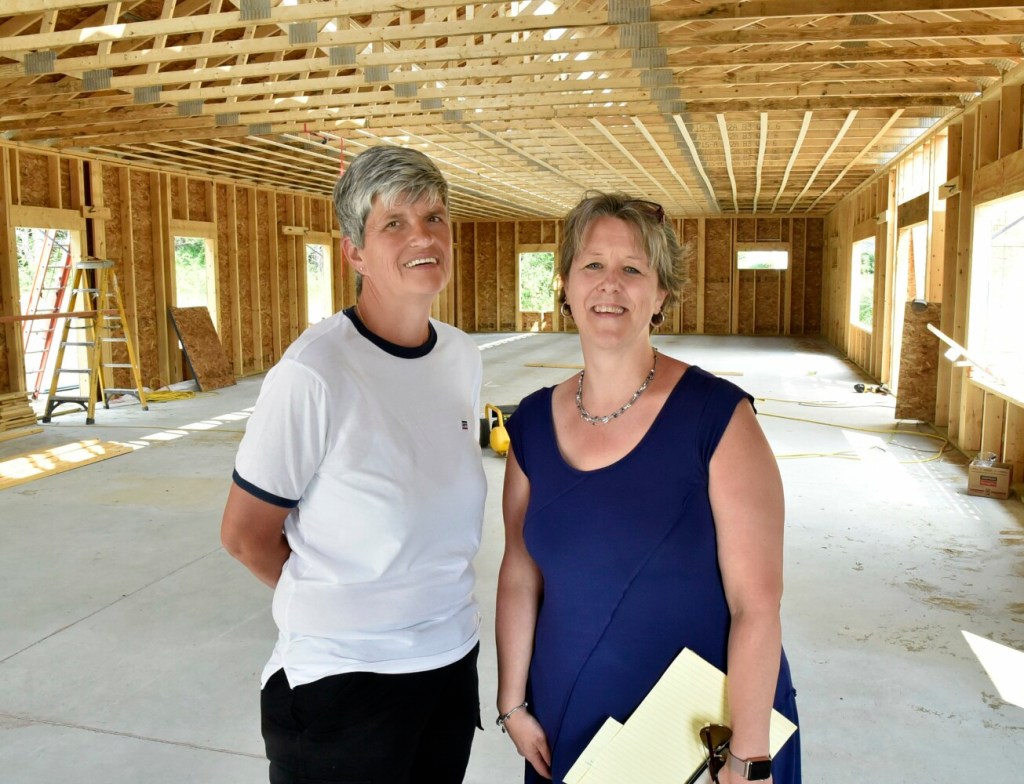

Comments are no longer available on this story